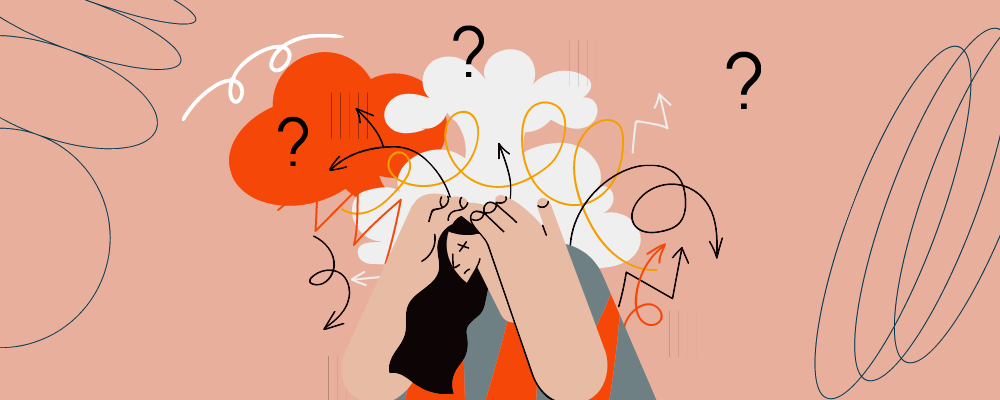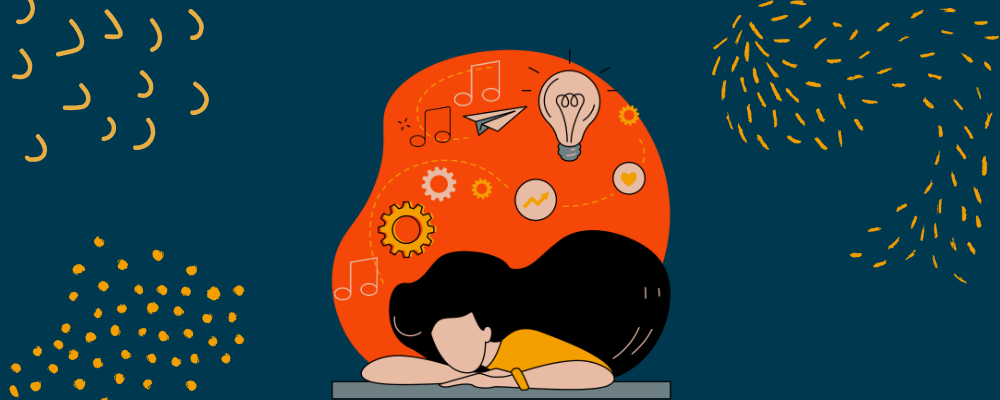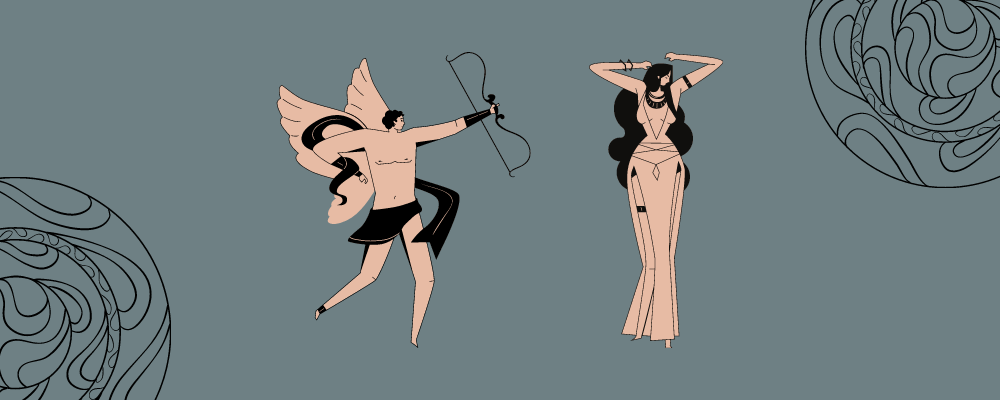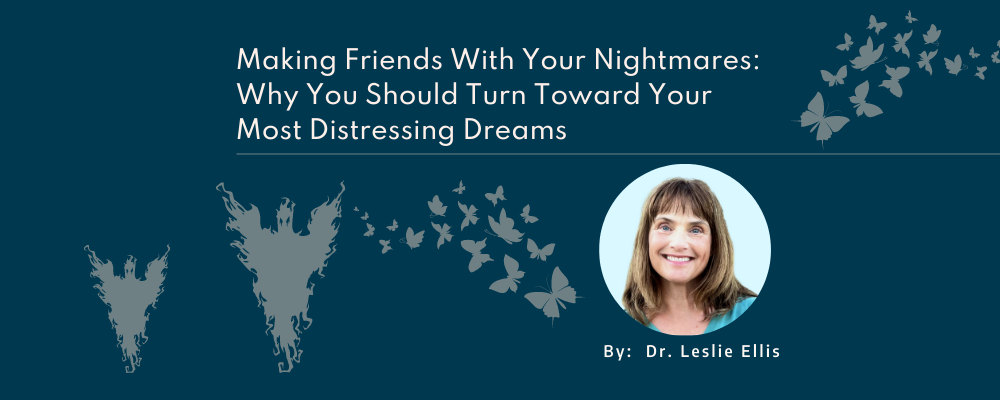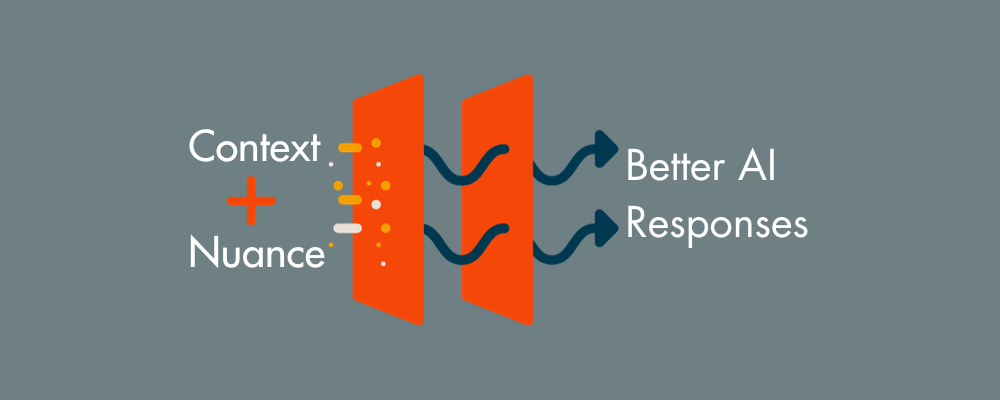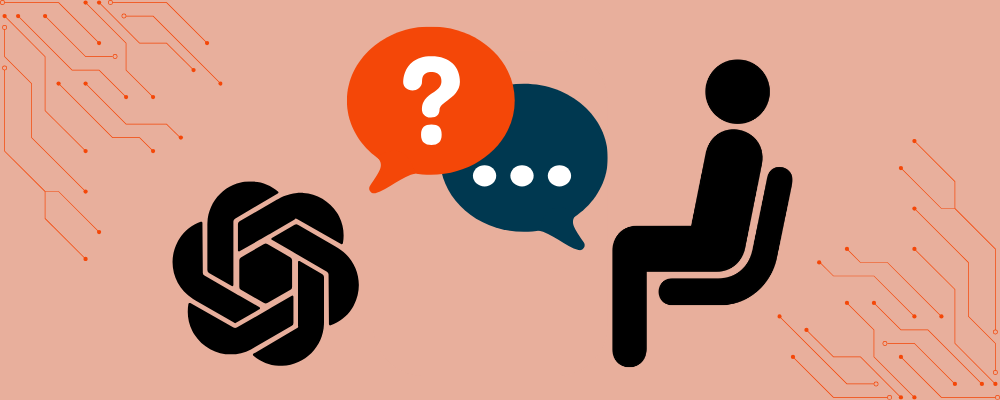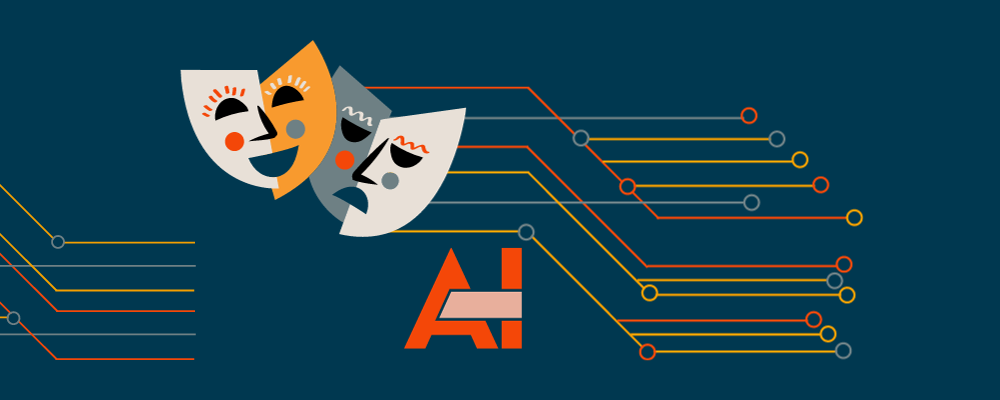Emotional Self-Awareness: Why It’s So Hard to Know What You’re Feeling
Our emotions are multidimensional and extremely complex. We often experience multiple overlapping emotions all at once. It is really difficult to detangle them, which makes them so hard to identify.

Our biggest challenge, however, is rooted in the fact that most of us were not taught about our emotions. We don’t know what we are really feeling, or how to deal with all that arises in us.
As we were growing up, most of us were judged or even punished for expressing unpleasant emotions and told we shouldn’t be feeling them. We were asked not to feel sad or to cry but to be strong and brave instead.
So we tend to believe that some of our emotions are disproportionately intense, or even unjustified in certain circumstances.

Because of this, we have learned to avoid our true feelings, to push them aside, or pretend not to experience certain unpleasant emotions, or even shame ourselves for feeling them.
We might be feeling sad, anxious, or angry, but if we can’t find a story that clearly explains the reason for the arising emotions, we tend to ignore the feelings. Or do our best to completely avoid or numb it.
This pattern shows up in our lives in the most trivial of ways. A friend might ask us how we are doing, and we respond with “Good. Thank you. How are you doing?” Our friend responds similarly, saying that he/she is doing well too, and we continue with our exchange, moving to whatever else is on our agenda or mind.
Or our parents might ask if their surprise visit to drop off a gift for has made us happy. But they’ve stopped by during a really inconvenient time as we are finishing the final draft of a report that is barely going to meet its deadline. We smile, say “of course”, and serve them a quick cup of coffee before sending them on their merry way.

In these cases, are we expressing our true sentiments? And if not, why are we responding in this way?
Here is the hard truth: Our answers often reflect our sense of what we perceive to be expected of us, or socially acceptable. Or they might come from a sense of what we need to meet our agenda/s, or even what we believe will make a conversation flow better.
We make compromises between expressing what we are actually feeling and what we believe is contextually appropriate in any given situation.
We assume that sharing our unpleasant or distressing emotions will cause others discomfort, so we avoid it, even with our friends and family.
This leads to a deep and never-ending pattern of conversations that lack emotional depth, resulting in surface-level dynamics void of genuine connection.
Time and time again, we find ourselves in inauthentic relationships with family, friends, romantic partners, or colleagues where neither we nor they feel heard, seen, nor understood.
This robs us of true intimacy. Of genuine connection. Of a truly meaningful life.
I know this all too well.
As a child, I developed an unhealthy relationship with anger.
My parents never got visibly angry. Anger wasn’t welcome in our home. It was perceived as an ugly, dark, unhealthy and destructive emotion, representing lack of control, and even potential for violence.
Anger was bad. It was unacceptable. And it was feared.
I remember experiencing severe bouts of anger when I was about 3 or 4 years old. It felt like a storm was raging inside of me.
When I would feel it coming on, all I wanted to do was to yell and cry. It felt like a crushing force that grew steadily with furious intensity, until it was ready to erupt. To explode. It needed to get out.
My anger would unleash in the form of tears and screams that led to my parents’ overwhelm and exasperation. I remember my mom feeling confused and frustrated with me. She couldn’t understand why I was reacting in this way, nor how to respond.
It was real messy.
I didn’t know what was going on with me either. I just knew that there were powerful emotions inside of me. And I couldn’t hold them in.
The rage felt like the devil inside of me. And it was going to have its way until I freed it.
When it was all said and done, I was left tired and drained. Like an overfilled balloon after a bit of air is let out, I felt like some of the pressure had been released.
But my pain had deepened. And I felt even more alone.
As time went on, I learned to keep my anger strongly bolted inside, to the point that it seemed to go away somehow, all on its own.
I grew up believing that I rarely, if ever, experienced anger. It wasn’t an emotion that showed up in me in a detectible way – certainly not with any kind of frequency.
When I really feel into my inner experience during all of those years, I can feel the ever-present tinge of anger – and maybe even rage – I was carrying.
It was always there, right underneath the surface. I had managed to suppress it, but it was still right there.
And instead of showing up in its full glory, my rage had shapeshifted, transformed, and resurfaced as passive aggression. This had become my coping mechanism, offering me a roundabout way to address my needs without making direct requests.
This approach seemed to make things more palatable and tolerable for others, so it felt safer for me.
My passive aggression would show up in sneaky little ways: diminished eye contact during conversations, or sarcastic or cynical remarks thinly masked as attempts at humor.
Even when subtle, others could sense this energy, even if they couldn’t put their finger on it. There was a disconnect between what was being expressed on the surface and what laid beneath.
I wasn’t consciously aware of my repressed anger, and the unhealthy ways it was resurfacing. But my behavior caused confusion and stress for friends, and hurt their feelings. It ultimately created an invisible distance in my relationships.
It took me years of deep work to truly understand what was happening inside of me for all those years, and how it impacted my relationships and life.
I learned that anger is a perfectly normal emotion. It serves as our inner protector and messenger, exposing when a boundary has been crossed. It alerts us when we are betraying our own needs.
When I first started feeling into this emotion, I encountered years of backed up resentment, disappointment and grief. I felt really sad for that little girl with all that rage inside of her.
But as I continued to develop a strong sense of emotional self-awareness. I found the capacity to embrace these uncomfortable emotions, allow them in, feel them fully (or as much as possible), and listen to their messages.
Well, I’m still working on the ‘fully’ part. It’s not easy.
I’ve also learned that there are healthy ways to express anger. Really. There are. But we can’t do that if we let it build up without acknowledging it. Or truly engaging with it.
We each need to discover our own approach for the healthy expression of anger. For me, this involves walking and crying at the same time, preferably while talking to an empathetic friend.
For others, it might include screaming into a pillow, running, taking a boxing class, writing, singing, whaling (this is also a favorite)! There are endless possibilities.
This process required lots of self-compassion, self-soothing, and patience. And our own individual pace.
All the practice in embracing anger’s messiness, discomfort, pain, and ultimately – power – has transformed my relationship with this emotion. It is a transformation that feels equally liberating and empowering.
I can now recognize, acknowledge and welcome my anger as it arises. It is my loyal messenger, guiding my attention where it is needed. And sometimes, letting me blow off some steam too.
What was once a fearful and shameful emotion has now become one of my favorite ones. And I’m truly grateful for it.
Thank you, anger.

